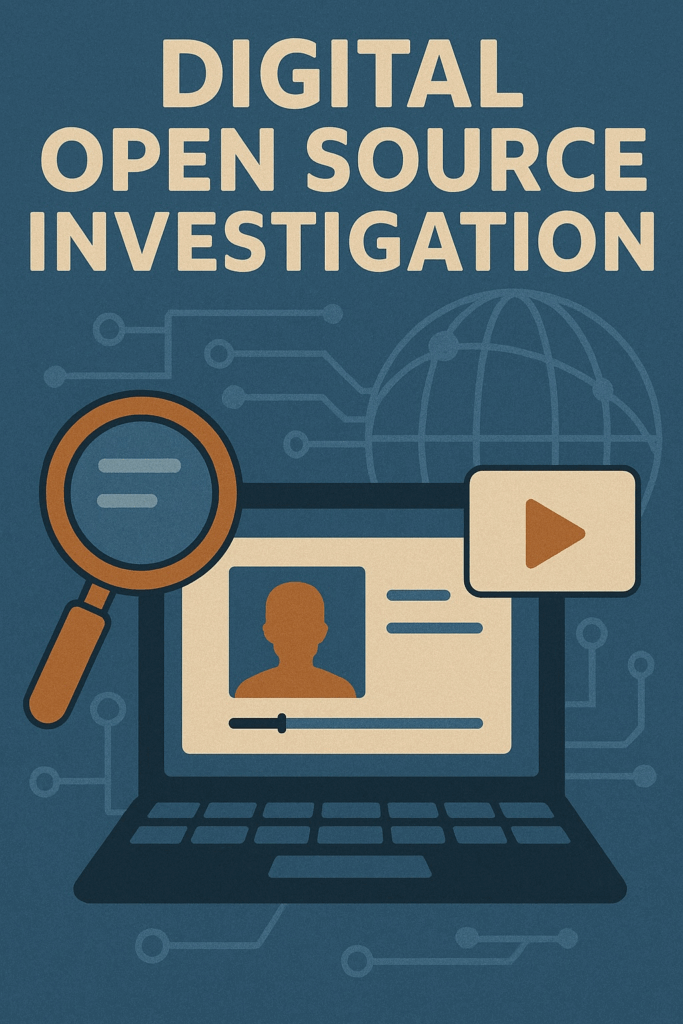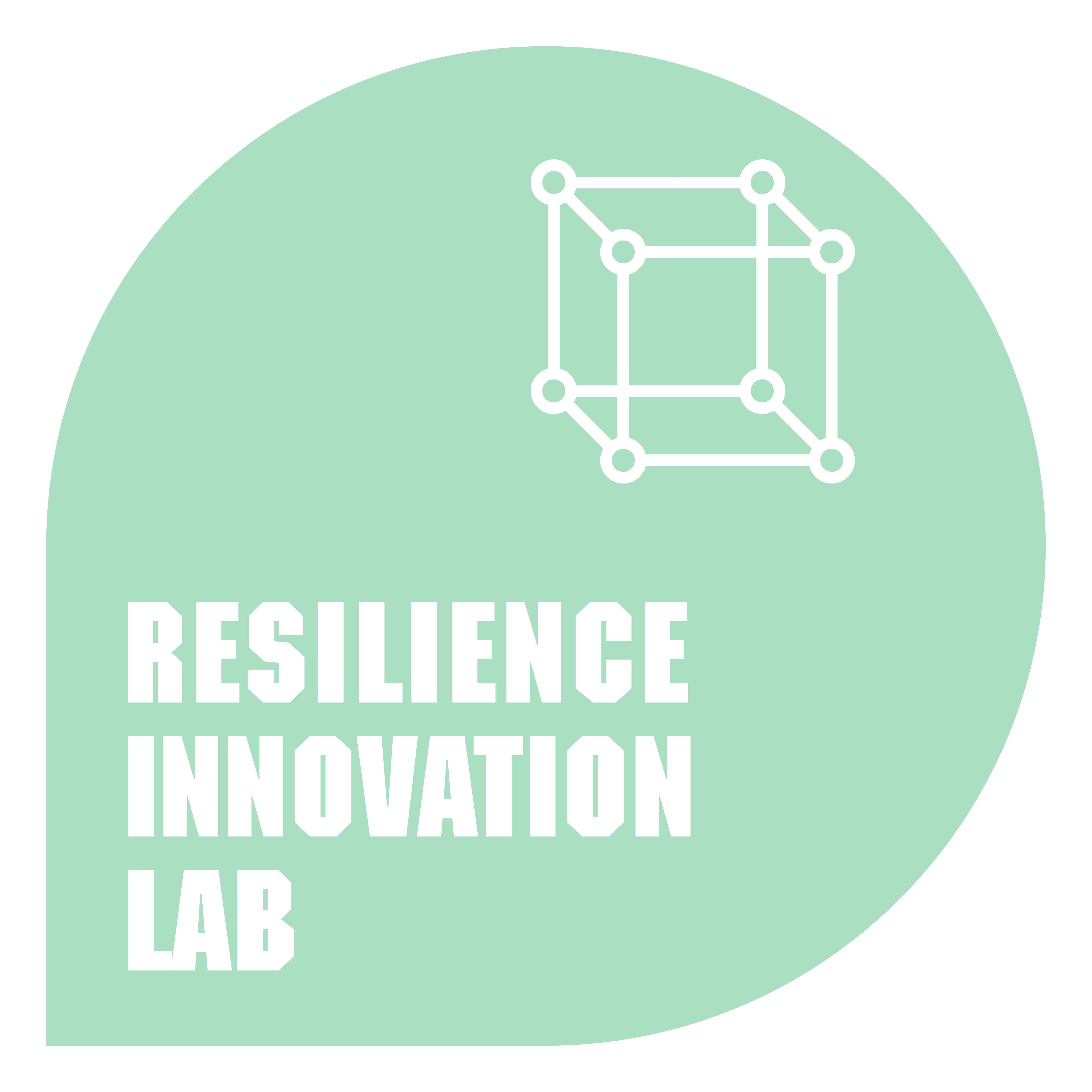
The Berkeley Protocol on Digital Open Source Investigations (The Protocol) is a pioneering initiative aimed at standardising the use of open-source information in investigations into human rights abuses and war crimes. Developed by the Human Rights Center at the University of California, Berkeley, it represents a significant step forward in the ethical and legal use of open-source intelligence (OSINT), including content collected from social media posts, videos, and other publicly accessible online sources. This framework is essential for helping investigators collect, verify, and present evidence in a way that meets international legal standards—an essential process for holding perpetrators of human rights violations accountable.
The Protocol addresses the challenges and complexities of verifying visual content—such as photographs and videos—to ensure authenticity and reliability. In crisis situations, digital evidence captured by ordinary citizens on smartphones can be highly impactful—provided it is properly verified. The Protocol outlines procedures for confirming the source, location, and timing of such content, ensuring it can be effectively used in legal proceedings. Methods such as geolocation and chronolocation help prevent the spread of misinformation and strengthen the credibility of evidence used in human rights investigations.
Blockchain technology has the potential to complement the Berkeley Protocol by offering a secure and tamper-proof platform for archiving crucial open-source data. In the context of archival activism, blockchain can be used to safeguard sensitive information collected during human rights investigations. Its decentralised nature ensures that once data is recorded, it cannot be altered or deleted without consensus—preserving the integrity of evidence. This is particularly valuable in documenting war crimes or human rights abuses, where the risk of evidence being tampered with or destroyed by malicious actors is high.
The goal of archival activism is to preserve vital information that might otherwise be lost or suppressed. Blockchain offers a powerful solution to this challenge. By storing open-source evidence on blockchain networks, activists and investigators can ensure that information remains accessible and unaltered—even in the face of efforts by authoritarian regimes or other actors to suppress it. This decentralised archiving approach aligns with the principles of the Berkeley Protocol, which emphasises reliability and transparency in the collection and use of open-source data.
The use of blockchain in human rights investigations also fosters greater collaboration among activists, legal professionals, and researchers. The technology’s transparency and decentralisation enable multiple parties to access and verify evidence without requiring a central authority, enhancing trust and cooperation in the investigative process. This is particularly significant in international contexts, where organisations may collaborate to document and prosecute human rights violations. By offering a shared, tamper-proof evidence ledger, blockchain enhances the credibility of collected information and supports the aims of the Protocol.
Moreover, blockchain can help address a major challenge identified by the Protocol: the fleeting nature of digital content. Social media platforms often remove content deemed too violent or in violation of policies, risking the loss of critical evidence. By archiving such material on the blockchain, investigators can ensure that vital information is preserved even after removal from online platforms. This helps maintain a complete record of events and ensures the voices of those affected by human rights violations are not silenced.
The Protocol also highlights ethical considerations in the collection and use of open-source data. Blockchain’s inherent transparency can address some of these concerns by providing a clear chain of custody for digital evidence. This means that the origin and handling of each piece of evidence can be traced, ensuring it has not been tampered with and that its use adheres to ethical standards. Such accountability is crucial in high-risk human rights investigations, where the consequences of using unreliable evidence can be severe.
Beyond archiving and verification, blockchain also has a role to play in human rights advocacy, drawing public attention to abuses. By creating a permanent and publicly accessible record of evidence, blockchain can amplify the stories of victims and raise international awareness of ongoing crises. This aligns with the goals of the Protocol—not only to support legal accountability but also to increase public recognition of human rights violations and promote social justice. Blockchain platforms can be used to share verified evidence with the public, journalists, and advocacy organisations, ensuring that truth is not buried and that responsible parties are held accountable.
The integration of the Protocol’s open-source investigation guidelines with blockchain’s secure archiving and transparency capabilities creates a powerful toolset for safeguarding open-source data and supporting human rights advocacy. By ensuring that evidence is both credible and accessible, this approach strengthens the case against violators and supports efforts to seek justice for victims. In this context, blockchain enhances the integrity of evidence and empowers activists and investigators to continue their work in the face of adversity.
In conclusion, the Protocol provides a much-needed framework for the ethical and effective use of open-source information in human rights investigations. By incorporating blockchain technology into this process, archival activists can ensure that key evidence is preserved, protected, and used to promote accountability and justice. This innovative approach to archival activism holds the potential to transform the field of human rights investigation, offering new tools and methodologies for documenting abuses and advocating for change.
Read more: Web3-backed Digital Archiving: User Guide For Beginners (Chinese Only)
檔案行動主義與倡導 -《柏克萊數位開源調查協議》
《柏克萊數位開源調查協議》 (The Berkeley Protocol on Digital Open Source Investigation) 是一項開創性的倡議,旨在規範在調查人權侵害和戰爭罪行中使用開源信息。該協議由加州大學柏克萊分校人權中心制定,代表了在道德和法律上使用開源情報(OSINT)的重大進步,這些情報包括從社交媒體帖子、視頻和其他公開可訪問的在線內容中收集的信息。這一框架對於幫助調查人員以符合國際法律標準的方式收集、驗證和呈現證據至關重要,這對於追究人權侵害加害者的責任至關重要。
《柏克萊協議》針對驗證視覺內容(如照片和視頻)的挑戰和複雜性,以確保其真實性和可靠性。在危機事件中,普通公民使用智能手機記錄的數碼證據可能具有很大的影響力,但前提是它們得到了適當的驗證。該協議制定了驗證此類內容的來源、位置和時間的程序,確保其能夠在法律程序中有效使用。這一驗證過程,包括地理定位和時間定位等方法,有助於防止錯誤信息的傳播,並加強人權調查中使用的證據的可信度。
區塊鏈技術有可能通過提供一個安全且不可更改的平台來補充《柏克萊協議》,用於存檔重要的開源數據。在檔案行動主義的背景下,可以利用區塊鏈來保護在人權調查中收集的敏感信息。區塊鏈的去中心化性質確保一旦數據被記錄,就不能在未經共識的情況下被更改或刪除,這對於維護證據的完整性至關重要。這在記錄戰爭罪行或人權侵害時尤為有價值,因為惡意行為者篡改或刪除證據的風險很高。
檔案行動主義的目標是保存那些可能會丟失或被壓制的重要信息,而區塊鏈技術為這一挑戰提供了強大的解決方案。通過將開源證據存儲在區塊鏈上,活動家和調查人員可以確保這些信息在面對試圖壓制犯罪證據的威權政權或其他實體時保持可訪問且未被篡改。這種去中心化的存檔方式符合《柏克萊協議》的原則,強調在收集和使用開源數據時的可靠性和透明性。
在人權調查中使用區塊鏈技術還促進了行動者、法律專業人士和研究人員之間更大的合作。區塊鏈的透明和去中心化特性允許多方在無需中央權威的情況下訪問和驗證證據,從而促進調查過程中的信任與合作。這在國際背景下尤為重要,因為不同的組織可能會共同努力記錄和起訴人權侵害行為。通過提供一個共享的、防篡改的證據分類帳,區塊鏈可以增強所收集信息的可信度,並支持《柏克萊協議》的目標。
此外,區塊鏈可以幫助解決《柏克萊協議》所指出的一個主要挑戰:電子信息的短暫性。社交媒體公司經常會刪除被認為內容過於暴力或違反其政策的內容,這可能導致寶貴證據的丟失。通過將此類內容存檔在區塊鏈上,調查人員可以確保重要信息即使在社交媒體平台上被刪除後仍然得到保存。這不僅有助於保持對事件的全面記錄,還確保那些受到人權侵害的人們的聲音不會被消音。
《柏克萊協議》還強調在收集和使用開源數據過程中的倫理考量。區塊鏈技術具有內在的透明性,能夠通過提供電子證據的清晰保管鏈來解決一些這樣的倫理問題。這意味著每個證據的來源和處理過程都可以被追蹤,確保其未被篡改,並且其使用符合倫理準則。這種級別的問責在人權調查中至關重要,因為風險極高,使用不可靠證據的後果可能非常嚴重。
除了在存檔和驗證中的作用外,區塊鏈還可以在倡導人權方面發揮作用,吸引公眾對人權侵害行為的關注。通過創建永久且公開可訪問的證據記錄,區塊鏈可以幫助放大受害者的故事,並將國際關注引向持續的危機。這與《柏克萊協議》的目標一致,不僅支持法律問責,還提高人們對人權侵害的認識,並促進社會正義。由於區塊鏈的平台可以用於與公眾、記者和倡導組織分享經過驗證的證據,確保真相不被隱瞞,並讓那些負有責任的人受到追究。
《柏克萊協議》的開源調查指南與區塊鏈在安全存檔和透明性方面的能力相結合,創造了一種強有力的工具來保護開源數據並支持人權倡導。通過確保證據既可靠又可訪問,這一方法可以幫助對人權侵害者建立更有力的案件,並支持為受害者爭取正義的努力。在這一背景下使用區塊鏈不僅提高了證據的完整性,還使行動者和調查人員能夠在面對挑戰時繼續他們的工作。
總之,《柏克萊開源調查協議》為在人權調查中具道德且有效地使用開源信息提供了一個急需的框架。通過將區塊鏈技術整合到這一過程中,檔案行動者可以確保關鍵證據得到保存、保護並用於促進問責和正義。這種創新的檔案行動主義方法有可能改變人權調查領域,為記錄侵害行為和倡導變革提供新的工具和方法。

Comments are closed